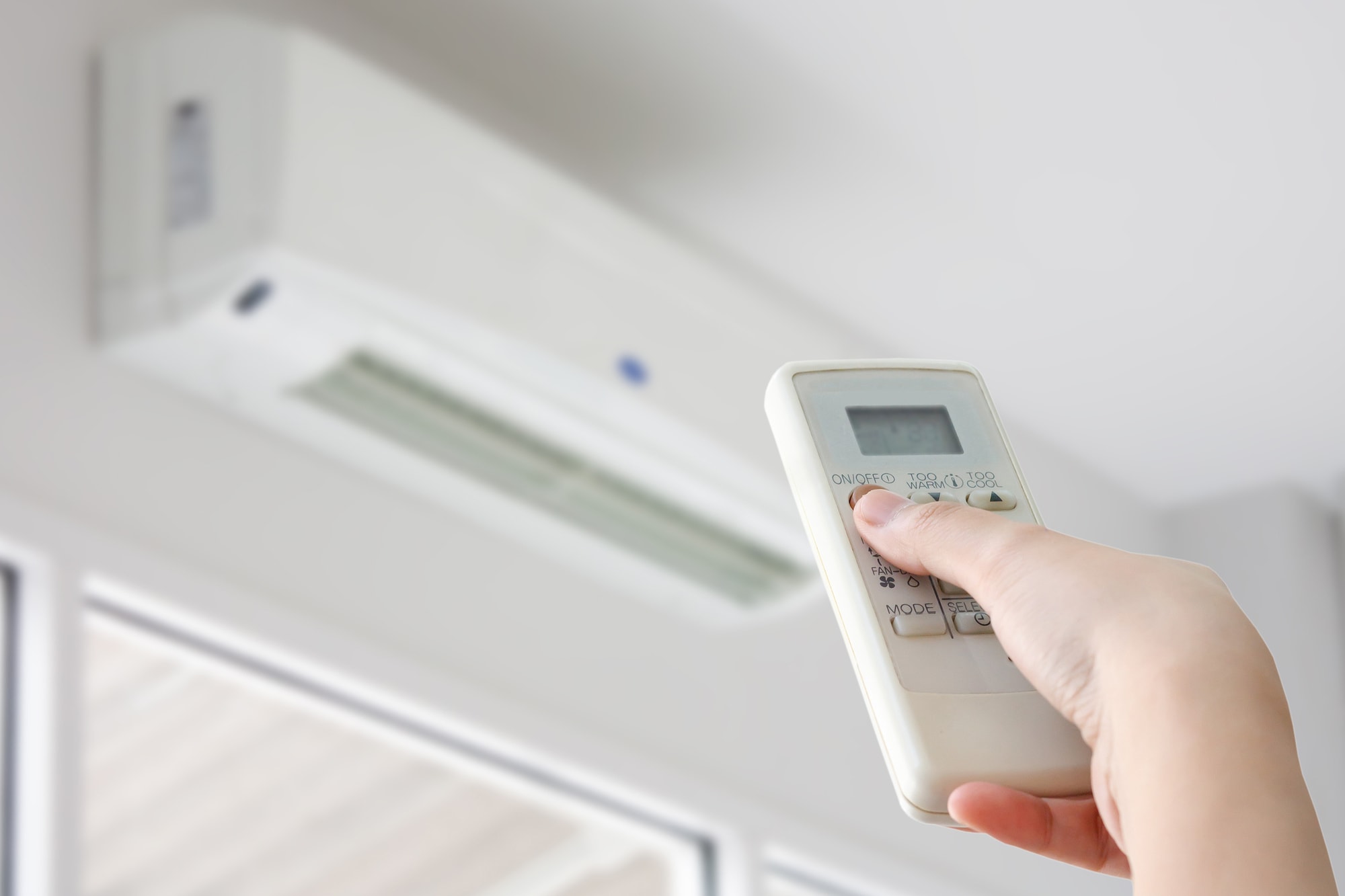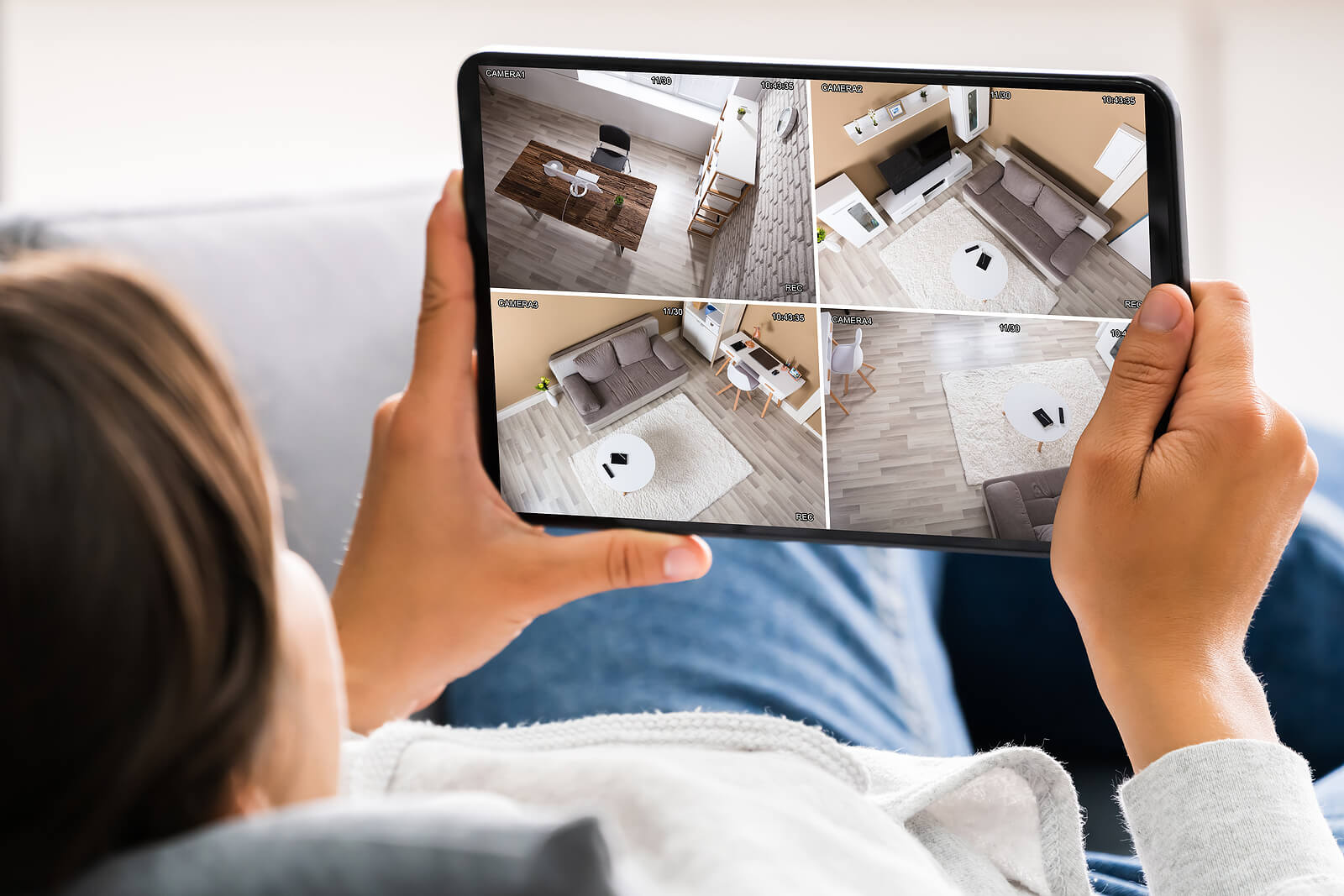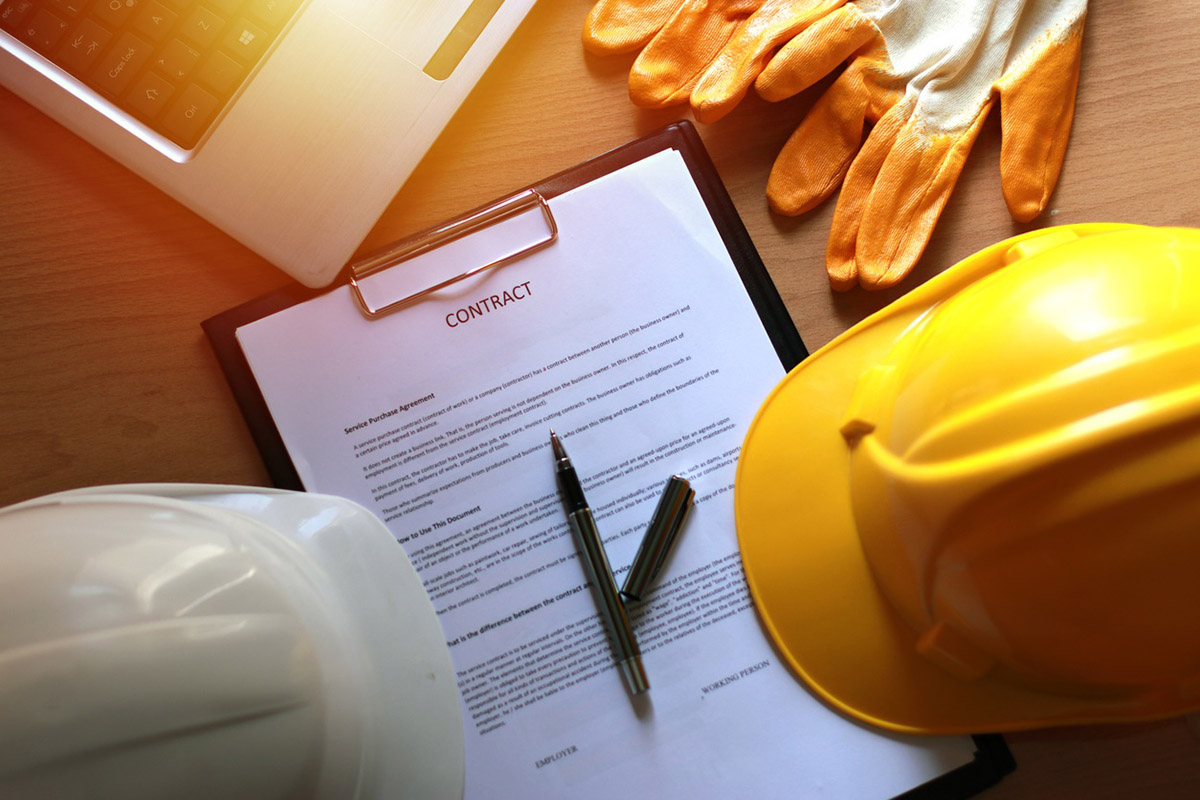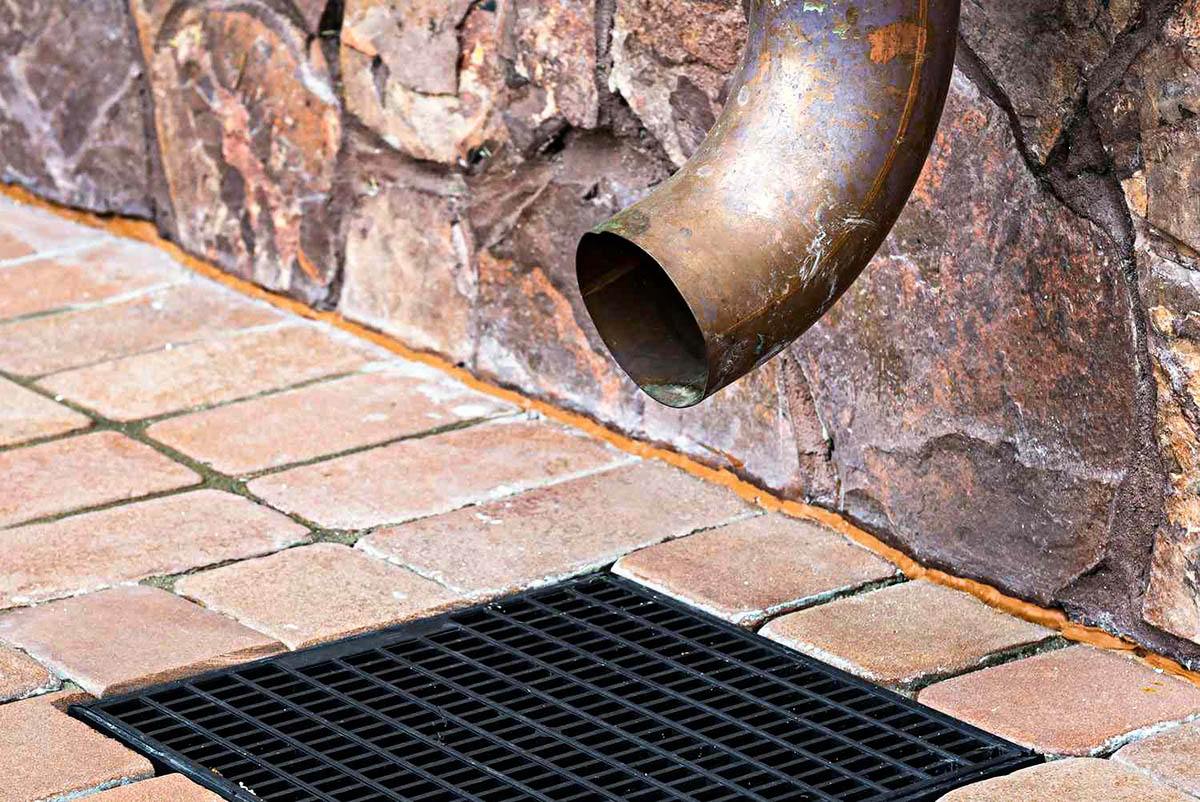Home>Renovation & DIY>Home Renovation Guides>How To Save For Home Improvements


Home Renovation Guides
How To Save For Home Improvements
Modified: January 4, 2024
Learn how to save for home improvements with our comprehensive home renovation guides. Get expert tips and advice to make your dream home a reality. Start planning your project today!
(Many of the links in this article redirect to a specific reviewed product. Your purchase of these products through affiliate links helps to generate commission for Storables.com, at no extra cost. Learn more)
Introduction
Embarking on a home improvement project is an exciting endeavor that allows you to transform your living space into the home of your dreams. Whether you're envisioning a kitchen remodel, a bathroom upgrade, or a complete home renovation, the prospect of enhancing your living environment can be truly invigorating. However, home improvements often come with a hefty price tag, and saving for these projects requires careful planning and financial discipline.
In this comprehensive guide, we will explore the essential steps to effectively save for home improvements while ensuring that your financial resources are managed wisely. From assessing your home improvement needs to creating a strategic savings plan and exploring financing options, this guide will equip you with the knowledge and strategies needed to embark on your home improvement journey with confidence.
So, whether you're eager to revamp your living space for enhanced comfort, modernize outdated features, or increase the value of your property, the insights provided in this guide will serve as your roadmap to achieving your home improvement aspirations without unnecessary financial strain. Let's delve into the crucial aspects of saving for home improvements and set the stage for your successful renovation endeavors.
Key Takeaways:
- Plan your home improvement budget wisely by assessing your needs, setting a realistic budget, and creating a strategic savings plan to avoid financial strain and ensure successful renovations.
- Explore cost-cutting measures, increase your income, and choose the right financing options to fund your home improvements while maintaining financial stability and control.
Assessing Your Home Improvement Needs
Before embarking on a home improvement project, it’s imperative to assess the specific areas of your home that require attention. Start by conducting a thorough evaluation of each space, taking note of any functional or aesthetic shortcomings that you wish to address. This could include outdated fixtures, inefficient layouts, or the need for additional space to accommodate your evolving lifestyle.
Consider the practical aspects of your home, such as the functionality of the kitchen, the comfort and appeal of the bathrooms, and the overall flow and usability of the living spaces. Additionally, take into account any structural issues, such as roofing, insulation, or foundation concerns, that may need to be addressed to ensure the long-term integrity of your home.
Furthermore, consider the aesthetic aspects that you wish to enhance. This could involve updating the interior design, refreshing the color palette, or introducing modern elements to breathe new life into your home. By carefully assessing your home improvement needs, you can prioritize the areas that require attention and allocate your resources effectively.
Moreover, it’s essential to envision the desired outcome of your home improvement project. Visualize how you want your living space to look and function after the renovations are complete. This will guide your decision-making process and ensure that your home improvements align with your vision for an ideal living environment.
By thoroughly evaluating your home improvement needs, you can lay the groundwork for a well-informed and purposeful renovation plan. This thoughtful approach will not only guide your budgeting and savings efforts but also set the stage for a transformative and gratifying home improvement experience.
Setting a Budget
Once you have assessed your home improvement needs, the next crucial step is to establish a realistic budget for your project. Setting a budget serves as a financial compass, guiding your spending and ensuring that your home improvements remain within your means. Begin by researching the average costs associated with the specific renovations you plan to undertake. This could involve consulting contractors, browsing home improvement resources, and seeking estimates for materials and labor.
When setting a budget, it’s important to factor in both the direct expenses, such as materials and labor, and the indirect costs, including permits, design fees, and unforeseen expenses that may arise during the project. By accounting for all potential expenses, you can create a comprehensive budget that minimizes the risk of financial surprises along the way.
Consider prioritizing your renovation needs based on your budget constraints. Determine which improvements are essential and which ones can be deferred or scaled down to align with your financial capacity. This pragmatic approach will help you allocate your resources effectively, ensuring that your home improvements are both impactful and financially sustainable.
Moreover, it’s advisable to incorporate a contingency fund into your budget to accommodate unexpected costs or project modifications. A contingency fund acts as a safety net, providing financial flexibility and peace of mind as you navigate the various stages of your home improvement project.
Remember that setting a budget is not merely about imposing financial limitations but rather about empowering you to make informed decisions and prioritize your spending. By establishing a clear and realistic budget, you can embark on your home improvement journey with confidence, knowing that your financial resources are diligently managed and optimized for the best possible outcomes.
Creating a Savings Plan
Once you have a clear understanding of your home improvement needs and have set a realistic budget, the next step is to create a strategic savings plan to fund your renovation project. Saving for home improvements requires a disciplined and proactive approach to managing your finances while ensuring steady progress towards your savings goal.
Start by evaluating your current financial situation and identifying areas where you can allocate funds towards your home improvement fund. This could involve reevaluating your monthly expenses, identifying potential cost-saving opportunities, and making adjustments to your spending habits to free up additional funds for your savings plan.
Consider automating your savings by setting up a dedicated account specifically earmarked for your home improvement fund. This separate account will help you track your progress and prevent the allocated funds from being used for other purposes. Additionally, consider scheduling regular transfers from your primary account to your home improvement fund to ensure consistent contributions.
Another effective strategy is to explore ways to increase your income to accelerate your savings. This could involve taking on additional freelance work, selling unused items, or exploring investment opportunities that yield returns to bolster your home improvement fund. By diversifying your income streams, you can expedite the accumulation of funds for your renovation project.
Furthermore, consider leveraging windfalls, such as tax refunds, bonuses, or unexpected monetary gifts, to bolster your home improvement fund. Redirecting these unexpected funds towards your savings goal can significantly expedite your progress and bring your renovation aspirations closer to fruition.
By creating a comprehensive savings plan that encompasses both expense optimization and income augmentation, you can steadily accumulate the necessary funds to embark on your home improvement project. This proactive and focused approach to saving will empower you to realize your renovation goals while maintaining financial stability and control throughout the process.
Consider setting up a separate savings account specifically for home improvements. This will help you track your progress and prevent you from dipping into the funds for other expenses.
Cutting Costs and Increasing Income
When saving for home improvements, adopting a proactive approach to managing your finances can significantly accelerate your savings journey. One effective strategy is to identify opportunities to cut costs and increase your income, thereby freeing up additional funds to allocate towards your renovation project.
Start by conducting a thorough review of your monthly expenses and identifying areas where you can implement cost-saving measures. This could involve renegotiating subscription services, minimizing discretionary spending, and optimizing your utility usage to reduce monthly bills. By conscientiously managing your expenses, you can redirect the saved funds towards your home improvement fund, bolstering your savings over time.
Consider exploring DIY alternatives for certain tasks related to your home improvement project. By taking on manageable tasks yourself, such as painting, landscaping, or minor repairs, you can reduce labor costs and allocate the saved funds towards other aspects of your renovations. However, it’s essential to assess your skills and limitations to ensure that DIY efforts contribute positively to your project without compromising quality or safety.
Additionally, consider leveraging your skills and resources to generate supplementary income. This could involve offering freelance services, renting out a spare room or property, or monetizing a hobby or talent. By diversifying your income streams, you can accelerate your savings and expedite the realization of your home improvement aspirations.
Exploring opportunities for passive income, such as investing in dividend-paying stocks or rental properties, can also contribute to your home improvement fund. While passive income requires initial investment and careful consideration, it has the potential to provide a steady stream of funds to support your renovation goals over the long term.
By adopting a proactive approach to cutting costs and increasing income, you can optimize your financial resources and expedite the accumulation of funds for your home improvement project. This strategic and resourceful mindset will not only empower you to achieve your renovation aspirations but also cultivate a mindset of financial mindfulness and ingenuity that extends beyond your home improvement endeavors.
Choosing the Right Financing Options
While diligent saving and prudent financial management are crucial components of funding your home improvement project, exploring the right financing options can provide additional flexibility and support in achieving your renovation goals. When considering financing for your home improvements, it’s essential to assess the available options and choose a solution that aligns with your financial circumstances and long-term objectives.
One common financing option for home improvements is a home equity loan or a home equity line of credit (HELOC). These options allow homeowners to borrow against the equity in their homes, providing access to substantial funds for renovations. Home equity loans typically offer fixed interest rates and predictable monthly payments, while HELOCs provide a flexible line of credit that can be drawn upon as needed, offering greater versatility in managing renovation expenses.
Another popular financing avenue is a personal loan, which can be obtained from banks, credit unions, or online lenders. Personal loans offer a lump sum of funds with a predetermined repayment schedule and interest rate, providing a straightforward and accessible means of financing your home improvements without leveraging your home equity.
For homeowners considering energy-efficient upgrades or renewable energy installations, various financing programs, such as Property Assessed Clean Energy (PACE) loans or energy-efficient mortgages, may be available. These specialized financing options are designed to support environmentally conscious home improvements by offering favorable terms and incentives to homeowners committed to sustainable upgrades.
Furthermore, government-backed loan programs, such as FHA 203(k) loans or VA renovation loans, provide financing specifically tailored to home improvements. These programs offer competitive interest rates and flexible eligibility requirements, making them accessible options for homeowners seeking to revitalize their properties through comprehensive renovations.
When evaluating financing options, it’s essential to compare interest rates, repayment terms, and associated fees to make an informed decision. Consider consulting with financial advisors or loan specialists to gain insights into the most suitable financing solutions based on your financial situation and renovation objectives.
By carefully assessing and selecting the right financing options for your home improvements, you can access the necessary funds to bring your renovation vision to life while maintaining financial stability and control throughout the process.
Monitoring Your Progress
As you embark on your home improvement savings journey, monitoring your progress is essential to ensure that you stay on track and make informed adjustments along the way. Establishing a system to track your savings and assess your financial milestones will provide valuable insights into the effectiveness of your savings plan and the feasibility of your renovation goals.
Begin by setting specific savings targets and timelines for achieving them. This could involve breaking down your overall savings goal into manageable monthly or quarterly targets, allowing you to measure your progress incrementally. By establishing clear benchmarks, you can track your savings trajectory and make proactive adjustments to your savings plan if necessary.
Regularly reviewing your budget and expenses will enable you to identify potential areas for further cost-saving measures or income generation. This ongoing assessment will help you optimize your savings plan and ensure that your financial resources are allocated efficiently towards your home improvement fund.
Consider leveraging technology to streamline your savings tracking process. Utilize budgeting apps, spreadsheets, or dedicated savings tracking tools to monitor your savings contributions, track your expenses, and visualize your progress over time. These tools can provide valuable insights into your financial habits and empower you to make informed decisions to support your renovation aspirations.
Furthermore, celebrate your savings milestones and acknowledge the progress you’ve made towards your home improvement goals. Recognizing your achievements along the way can serve as motivation to stay committed to your savings plan and reinforce the significance of your efforts in realizing your renovation vision.
Regularly revisiting your home improvement needs and budget in light of your progress is crucial to ensure that your renovation plans remain aligned with your financial capacity. Adjusting your priorities or timelines based on your savings milestones will allow you to maintain a realistic and sustainable approach to funding your home improvements.
By actively monitoring your progress and staying attuned to your financial journey, you can navigate your home improvement savings plan with confidence and adaptability, ensuring that your renovation aspirations are supported by a well-informed and dynamic approach to managing your financial resources.
Conclusion
Embarking on a home improvement project is a significant endeavor that holds the promise of transforming your living space into a personalized sanctuary that reflects your lifestyle and preferences. By following the comprehensive steps outlined in this guide, you can effectively save for home improvements while maintaining financial stability and control throughout the process.
Assessing your home improvement needs serves as the foundational step, allowing you to identify the specific areas of your home that require attention and prioritize your renovation goals. Setting a realistic budget empowers you to establish clear financial parameters and make informed decisions regarding the scope and timing of your home improvements.
Creating a strategic savings plan involves proactive financial management and disciplined saving habits, enabling you to steadily accumulate the necessary funds to support your renovation aspirations. By cutting costs, increasing income, and leveraging various saving strategies, you can optimize your financial resources and expedite your savings journey.
Choosing the right financing options provides additional flexibility and support in funding your home improvements, allowing you to access the necessary funds while aligning with your financial circumstances and long-term objectives. Monitoring your progress throughout the savings process ensures that you stay on track, make informed adjustments, and maintain a realistic and sustainable approach to funding your home improvements.
In conclusion, saving for home improvements is a multifaceted journey that encompasses diligent planning, proactive financial management, and a steadfast commitment to realizing your renovation goals. By approaching the savings process with intentionality, resourcefulness, and adaptability, you can embark on your home improvement journey with confidence, knowing that your financial resources are diligently managed and optimized for the best possible outcomes.
Ultimately, the transformation of your living space through thoughtful and purposeful home improvements will not only enhance the comfort and functionality of your home but also reflect your unique style and aspirations, creating a living environment that truly embodies your vision of an ideal home.
Frequently Asked Questions about How To Save For Home Improvements
Was this page helpful?
At Storables.com, we guarantee accurate and reliable information. Our content, validated by Expert Board Contributors, is crafted following stringent Editorial Policies. We're committed to providing you with well-researched, expert-backed insights for all your informational needs.















0 thoughts on “How To Save For Home Improvements”